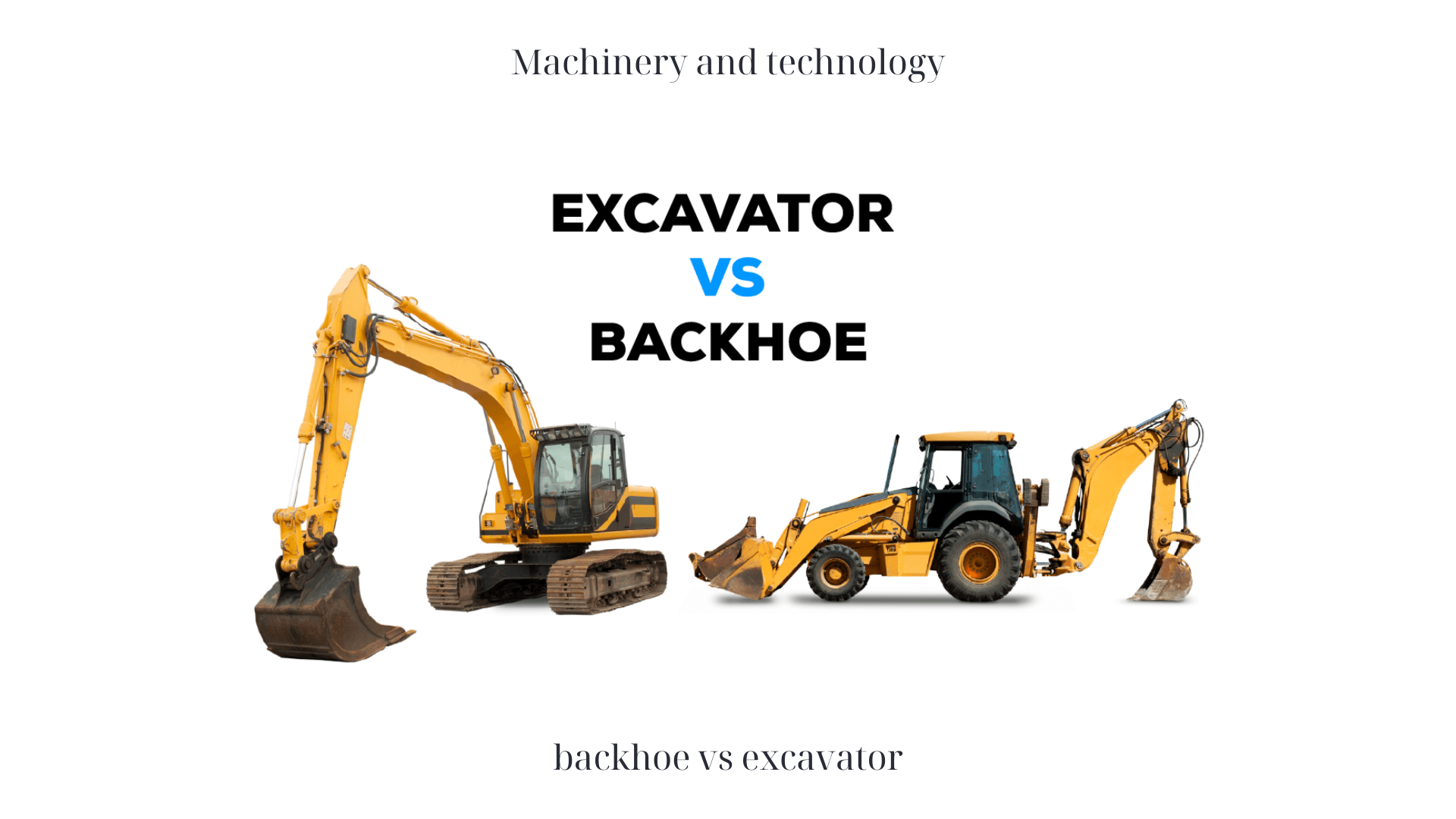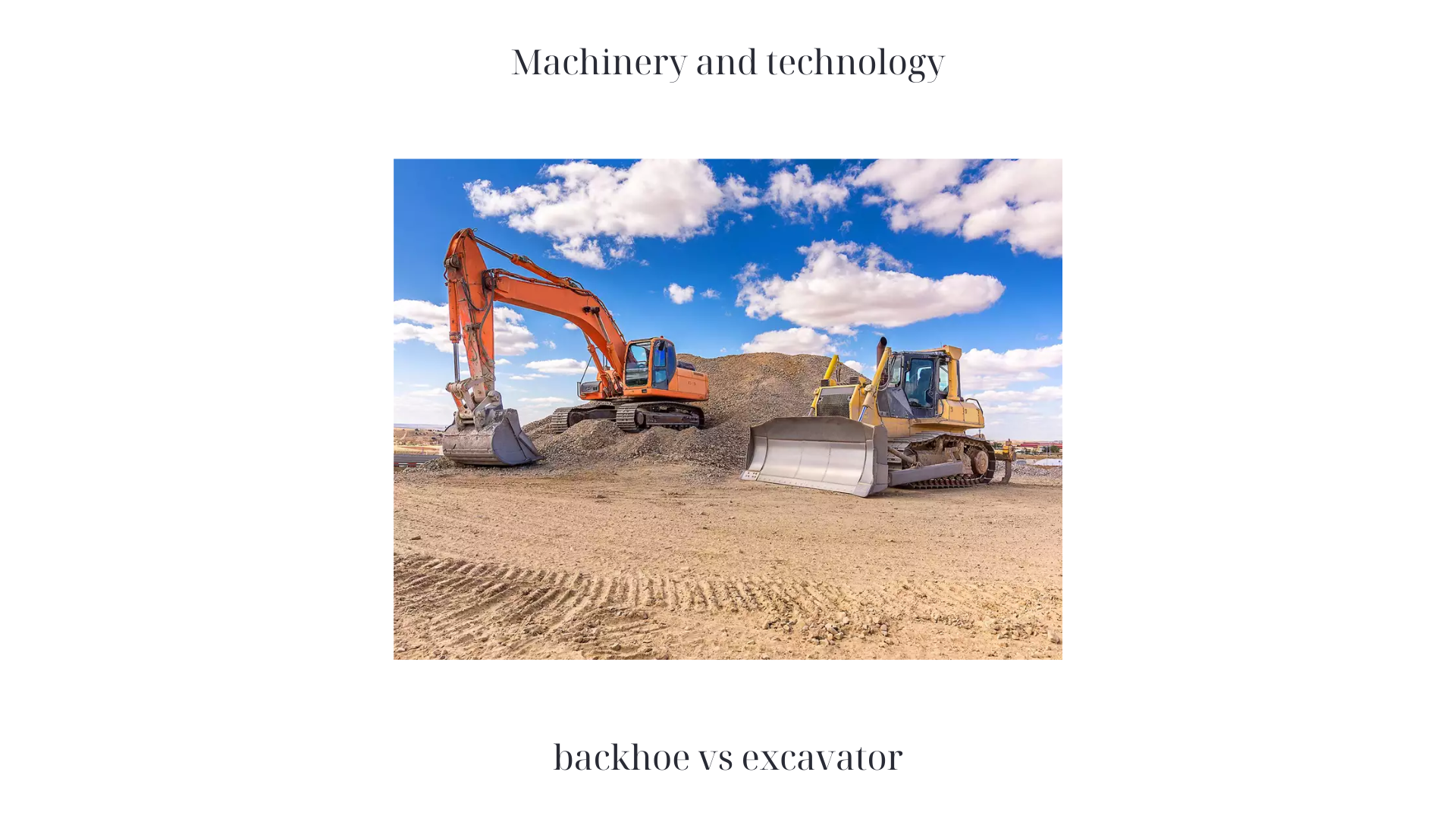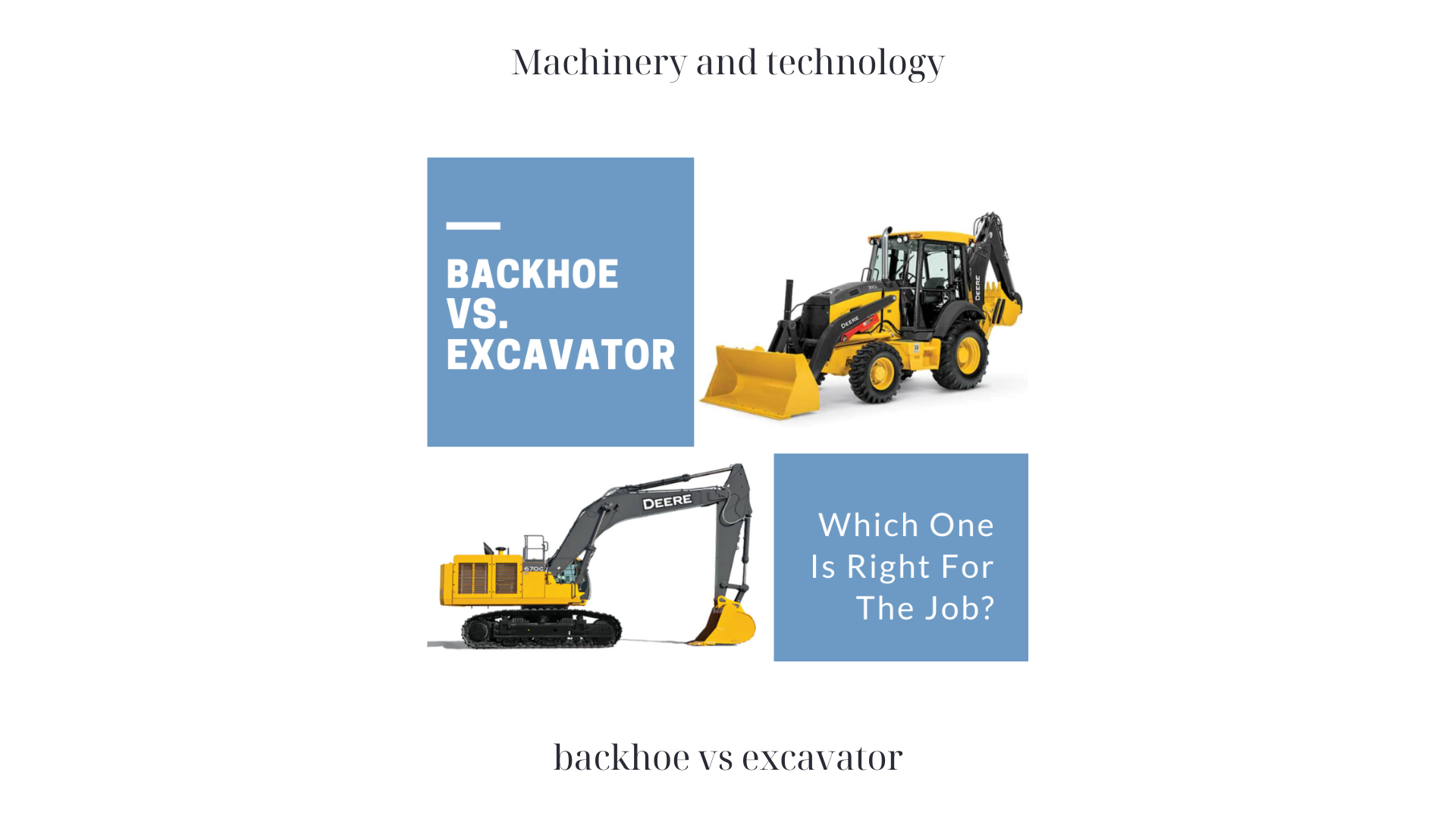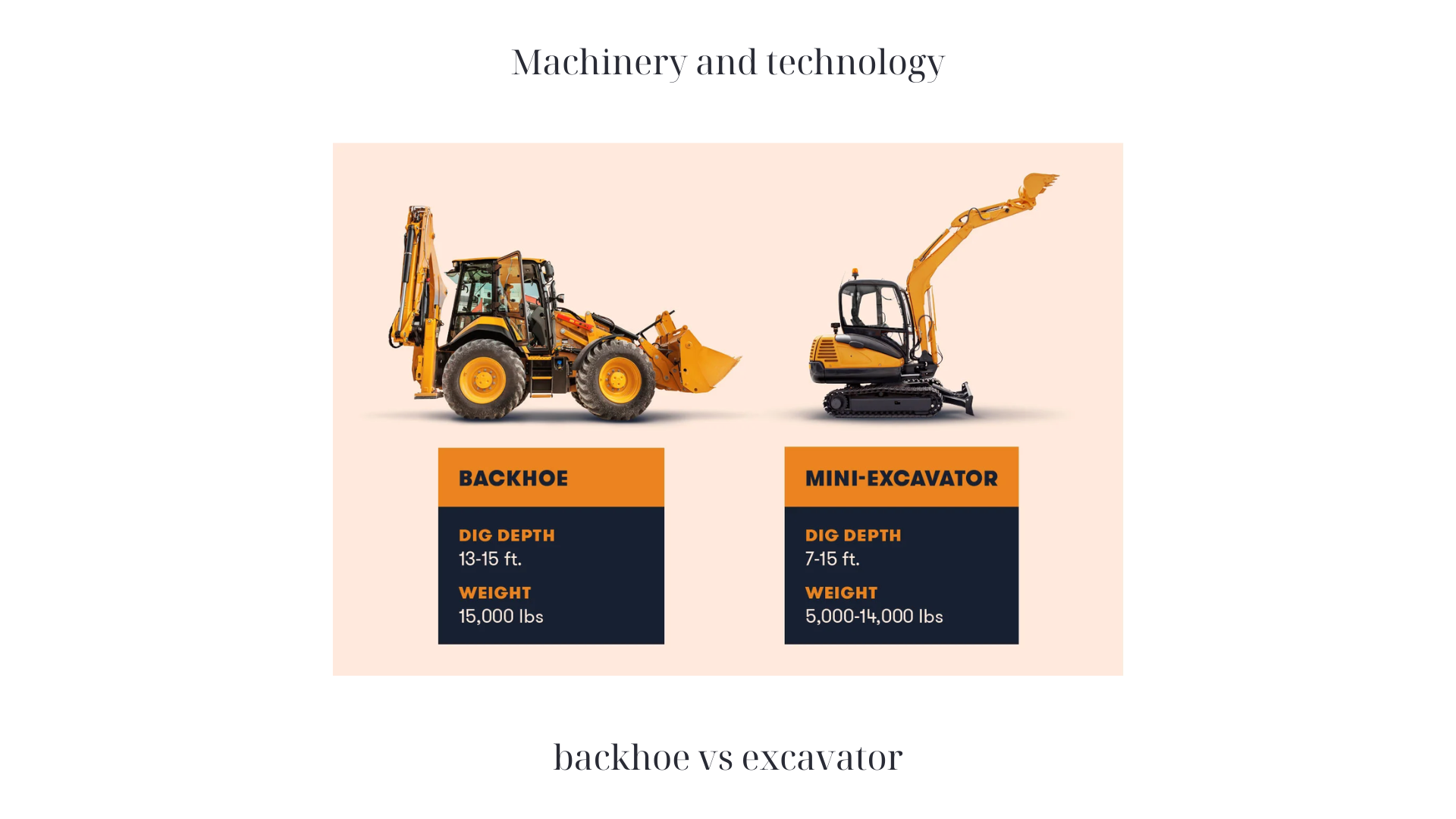In the world of heavy machinery, backhoe vs excavator are two commonly used pieces of equipment for various construction and excavation tasks. While both are designed to handle digging and earthmoving, there are distinct differences between them. Understanding these differences and their best uses can help contractors and operators make informed decisions when selecting the right equipment for a particular job. In this article, Telllermedicine will analyze the key differences between backhoe vs excavator and explore their respective best uses.
Backhoe vs Excavator: Analyzing the Key Differences and Best Uses

One of the primary differences between backhoe vs excavator lies in their design and functionality. A backhoe typically consists of a tractor-like vehicle with a loader bucket in the front and a digging bucket, or backhoe, on the rear. The loader bucket is used for pushing and lifting materials, while the backhoe is primarily used for digging trenches, foundations, and other excavations.
On the other hand, an excavator is a standalone machine that is composed of a rotating platform, known as the house or cab, mounted on tracks or wheels. The house is equipped with a hydraulic arm and a digging bucket at the end. Unlike a backhoe, an excavator does not have a loader bucket on the front. Instead, it relies solely on the hydraulic arm and bucket for digging, lifting, and material handling.
The difference in design directly impacts the maneuverability and versatility of backhoe vs excavator. Backhoes, with their compact size and front loader, excel in tasks that require both digging and material handling capabilities. They are commonly used in urban areas, road construction, landscaping projects, and utility work. The ability to switch between the front loader and backhoe makes backhoes a versatile choice for a wide range of tasks.
Excavators, with their rotating platform and hydraulic arm, offer enhanced reach, digging depth, and precision. The 360-degree rotation of the house allows excavators to work in tight spaces and perform continuous digging without repositioning the machine. Excavators are commonly employed in large-scale construction projects, such as building construction, mining operations, demolition, and major earthmoving tasks.
Another significant difference between backhoe vs excavator is the digging mechanism. Backhoes use a boom and stick arrangement, similar to the human arm, to control the movement of the digging bucket. This configuration enables backhoes to dig vertically and horizontally, making them well-suited for tasks like trenching, pipe laying, and utility work. The backhoe’s versatility is further enhanced by its ability to rotate and swing the bucket, allowing for precise digging and placement of materials.
The choice between backhoe vs excavator ultimately depends on the specific requirements of the job, available budget, and the nature of the work site. Contractors and operators should carefully assess the project’s needs, considering factors such as digging depth, reach, material handling, mobility, and cost. Consulting with equipment experts and rental providers can help in making an informed decision and selecting the most suitable machine for the task at hand.
Excavators, on the other hand, employ a hydraulic arm with multiple joints that provide greater flexibility and range of motion. The hydraulic arm allows for more extensive reach, digging depth, and the ability to work at various angles. This makes excavators ideal for tasks such as deep excavation, digging foundations, bulk earthmoving, and loading trucks or conveyors.
When it comes to operational efficiency and speed, backhoe vs excavator tend to outperform backhoes in large-scale projects. Excavators can dig more rapidly and efficiently due to their dedicated hydraulic arm and larger bucket capacity. The ability to rotate the house without moving the tracks or wheels also contributes to increased productivity. Backhoes, while versatile, may be slower in digging tasks due to their design and the need to reposition the machine frequently.

However, it’s important to note that backhoes offer advantages in terms of mobility and maneuverability. Their compact size and ability to navigate tight spaces make them suitable for urban environments and confined job sites where an excavator may face limitations.
In terms of cost, backhoe vs excavator generally have a lower initial purchase price compared to excavators. This affordability makes them an attractive choice for small to medium-sized contractors or those with budget constraints. Excavators, with their larger size, specialized components, and advanced features, tend to have a higher price tag.
In conclusion, both backhoe vs excavator have distinct characteristics and are suited to different types of construction and excavation tasks. Backhoes excel in versatility, maneuverability, and tasks that require both digging and material handling capabilities. Excavators offer greater reach, digging depth, and operational efficiency, making them ideal for large-scale projects that require extensive earthmoving and excavation.

The choice between backhoe vs excavator ultimately depends on the specific requirements of the job, available budget, and the nature of the work site. Contractors and operators should carefully assess the project’s needs, considering factors such as digging depth, reach, material handling, mobility, and cost. Consulting with equipment experts and rental providers can help in making an informed decision and selecting the most suitable machine for the task at hand.
